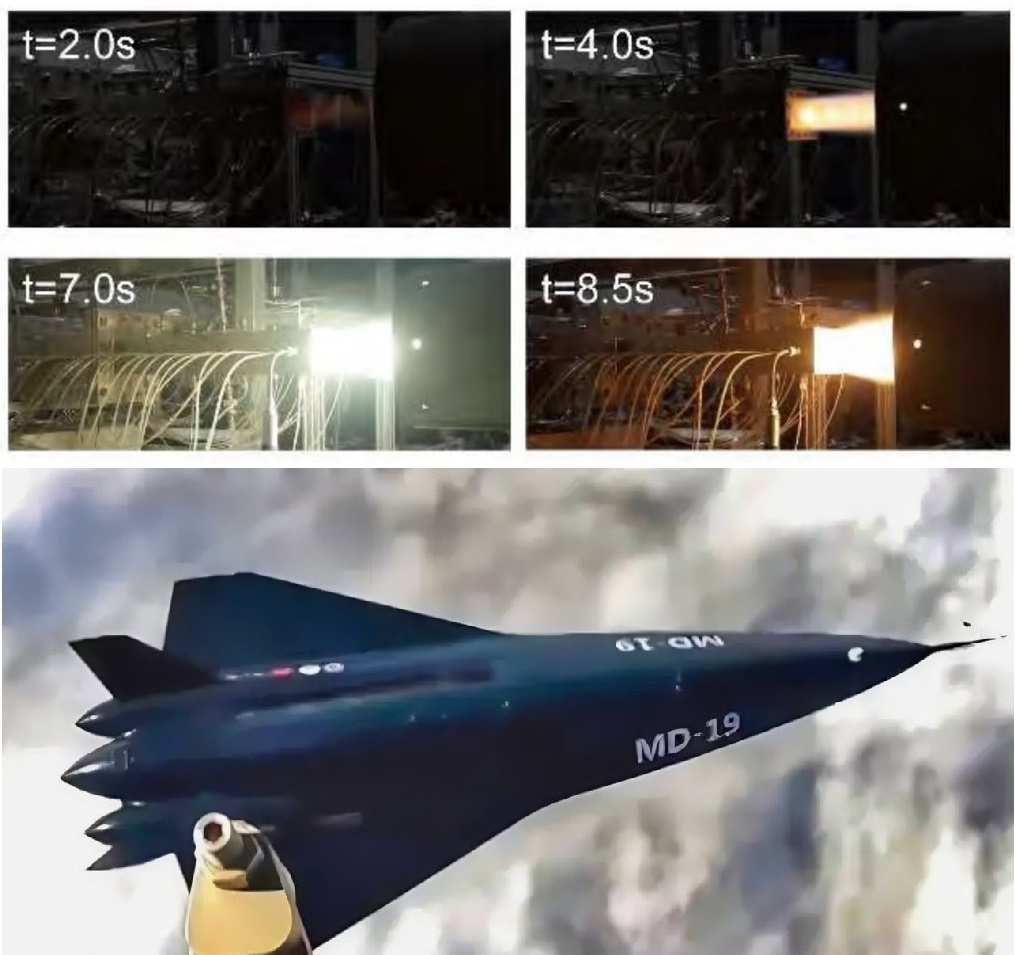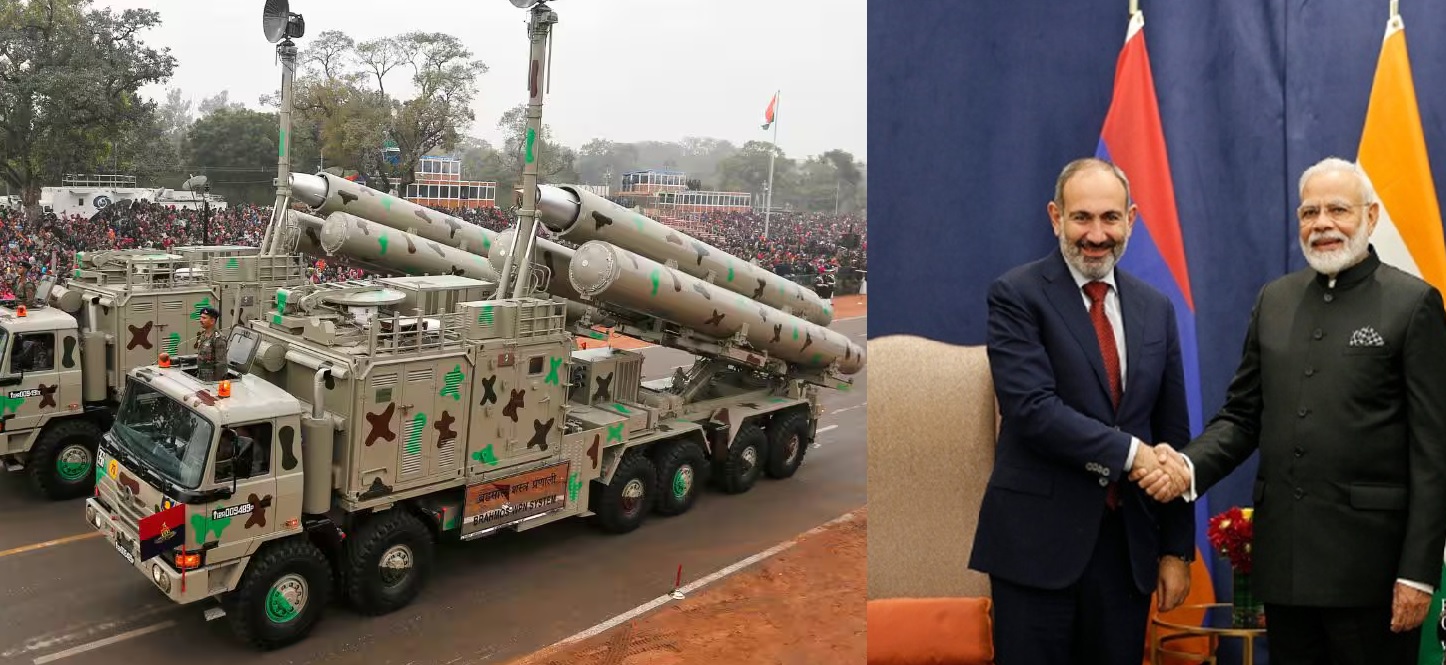U.S Army Tests Bullfrog Counter-Drone Weapon on Abrams and Bradley Vehicles

On October 30, 2025, Allen Control Systems announced via X (formerly Twitter) that the U.S. Army had begun field evaluations of its Bullfrog autonomous counter-drone weapon station, a modular, AI-powered turret designed to neutralize small and fast-moving aerial threats. The system is currently being tested on the M1A2 Abrams main battle tank and M2A4 Bradley infantry fighting vehicle, marking a major milestone in the Pentagon’s efforts to harden frontline armor against the rapid proliferation of unmanned aerial systems (UAS).
A New Layer of Protection for Armored Forces
The tests come amid growing concern within the U.S. Army about the lethality of small, inexpensive drones that have transformed modern battlefields in Ukraine, Gaza, and the Middle East. These low-cost UAVs—often no larger than a bird—have proven devastating against tanks and infantry vehicles by dropping small munitions or acting as loitering kamikaze drones.
By integrating the Bullfrog onto armored platforms, the Army aims to give its vehicles an autonomous self-defense shield capable of detecting, tracking, and destroying drones before they can strike. The approach also aligns with the U.S. Army’s current counter-UAS concept of dispersing small, mobile effects across platforms rather than concentrating protection in a handful of M-SHORAD vehicles, ensuring more distributed, survivable defenses at the platoon and company level.
Inside the Bullfrog System
The Bullfrog counter-drone weapon station combines a suite of advanced sensors, AI-based targeting algorithms, and kinetic interceptors into a compact, turret-mounted unit. Its specifications, as disclosed by defense industry sources, include:
-
Detection Range: Up to 3 km for micro-drones and 6 km for small UAVs.
-
Tracking System: A 360° electro-optical and infrared (EO/IR) sensor array with onboard radar integration.
-
Weapon Options: Configurable for 7.62mm or .50 caliber machine guns, 30mm autocannons, or programmable airburst munitions.
-
Reaction Time: Under 2 seconds from detection to engagement.
-
Power Source: Vehicle-integrated with optional independent battery pack for standalone operation.
-
Autonomy Level: Supports AI-assisted automatic target recognition (ATR) and fire control.
What sets the Bullfrog apart is its multi-layered engagement logic—the system first classifies incoming aerial objects using AI-trained models, then prioritizes threats based on proximity and intent. Once a drone is confirmed as hostile, Bullfrog’s fire-control algorithm selects the optimal firing solution, often using short bursts or airburst rounds to maximize hit probability while conserving ammunition and reducing collateral damage.
How Bullfrog Works in the Field
Bullfrog fuses data from EO/IR sensors, short-range radar, and onboard telemetry to build a real-time air picture around the host vehicle. An onboard processor runs ATR models to distinguish birds, friendly UAS, and likely hostile drones. When preset rules of engagement and human-in-the-loop or human-supervised authorities allow, the system can engage automatically; otherwise, it presents a prioritized list of targets to the vehicle commander via the platform’s battle-management interface.
Integration on Abrams and Bradley vehicles leverages existing power and data buses, and the modular mounting allows maintenance crews to remove or swap the unit in the field. In mixed formations, Bullfrog-equipped vehicles can share detections with adjacent platforms, improving situational awareness and enabling coordinated responses to swarming attacks.
Adapting to the Drone-Centric Battlefield
The U.S. Army’s evaluation of Bullfrog reflects a paradigm shift in armored warfare. For decades, tanks and infantry fighting vehicles were primarily built to survive anti-tank missiles and artillery fire. Today, the most persistent danger comes from small drones that can bypass conventional armor and strike from above.
A U.S. Army spokesperson, speaking on background to defense media, noted that the Bullfrog is part of a wider modernization effort involving counter-UAS (C-UAS) layering, where vehicles, infantry, and command posts are equipped with complementary detection and neutralization tools—ranging from jammers to directed-energy weapons. The Bullfrog’s role is to fill the short-range kinetic gap, handling drones that penetrate jamming zones or appear suddenly at low altitude. By giving Abrams and Bradley units this capability, the Army aims to ensure armored formations can maneuver in drone-saturated environments without constant reliance on external air defense assets.
Allen Control Systems has positioned the Bullfrog as a cost-effective and scalable solution adaptable to a variety of platforms—including Stryker vehicles, JLTVs, and static base defenses. If the ongoing trials prove successful, the U.S. Army could adopt Bullfrog units as part of its Active Protection System (APS) ecosystem, alongside existing systems like Trophy and Iron Fist.
The growing emphasis on autonomous counter-drone technology suggests the U.S. military is preparing for a future where drones dominate both reconnaissance and attack roles. As the company’s statement summarized:
“The Bullfrog is designed to give every combat vehicle its own digital guardian—an always-on, self-learning sentry that evolves with the threat.”
With drone warfare reshaping global conflicts, the integration of systems like Bullfrog represents not just a technological adaptation, but an evolution in battlefield survival doctrine—one where even the mightiest tanks now need eyes in the sky.
✍️ This article is written by the team of The Defense News.






